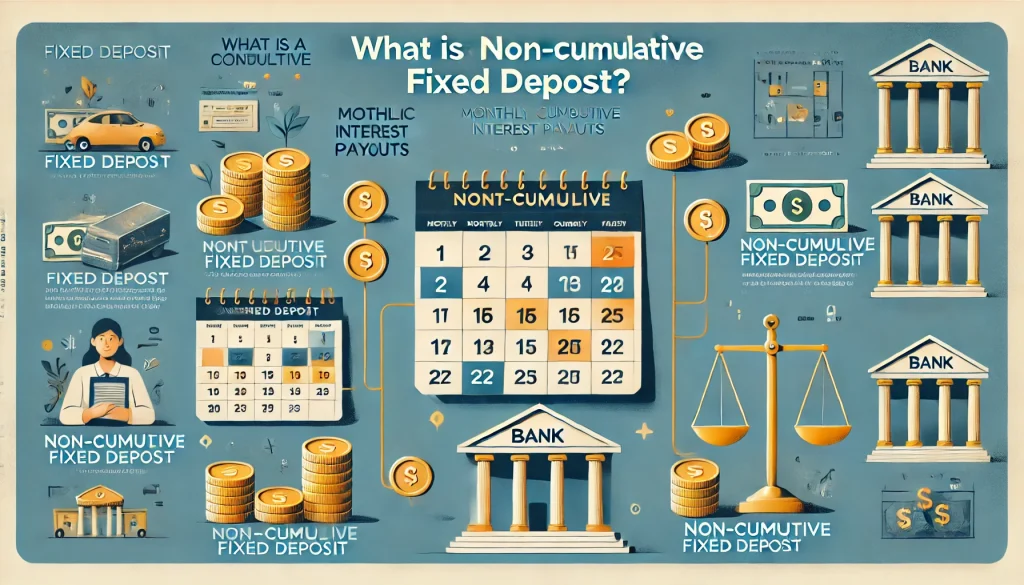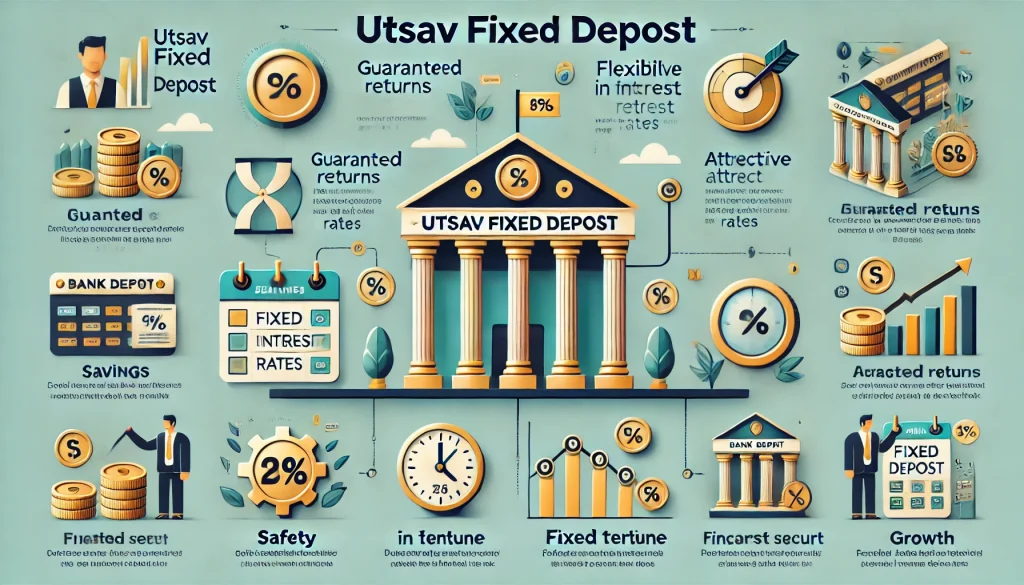
Individuals often seek reliable and secure options when it comes to investments and saving money. Fixed Deposits (FD) and Public Provident Funds (PPF) are two popular choices that provide stable returns and are considered safe investment instruments. In this blog, we will explore the key features and benefits of FD vs PPF, their benefits, and factors to consider when making financial decisions. So let’s dive in and understand which option suits your needs best.
What is FD?
Fixed Deposit (FD) is a financial instrument offered by banks and non-banking financial companies (NBFCs). It involves depositing a specific amount of money at a fixed interest rate for a predetermined period. FDs are considered a safe investment option with guaranteed returns.
Features and Benefits of FD
- Fixed Returns: FDs provide fixed returns based on the interest rate agreed upon at the time of investment.
- Tenure Options: Investors can choose the tenure of their FDs, ranging from a few months to several years.
- Flexible Interest Payment: The interest can be paid periodically (monthly, quarterly) or at the maturity of the FD, as per the investor’s preference.
- Liquidity: FDs offer liquidity as they can be prematurely withdrawn, albeit with a penalty.
- Safety: FDs are relatively safe investments as they are protected under the Deposit Insurance and Credit Guarantee Corporation (DICGC) for up to ₹5 lakhs per account holder per bank.
- Taxation: The interest earned on FDs is taxable as per the investor’s income tax slab.
What is PPF?
The Public Provident Fund (PPF) is a long-term investment scheme introduced by the Indian government. It is aimed at encouraging individuals to save for retirement. PPF accounts can be opened at designated banks or post offices, and they offer attractive interest rates along with tax benefits under Section 80C of the Income Tax Act.
Features and Benefits of PPF
- Tax Benefits: Contributions made towards PPF are eligible for tax deductions under Section 80C of the Income Tax Act, up to a maximum limit of ₹1.5 lakhs per financial year.
- Long-term Investment: PPF has a tenure of 15 years, which can be extended in blocks of 5 years after maturity.
- Fixed Interest Rate: The interest rate for PPF is set by the government and is typically higher than FD rates.
- Partial Withdrawal and Loan Facility: PPF allows partial withdrawals after the completion of the sixth year, and loans can be availed against the PPF balance.
- Safety: PPF is backed by the government, making it a safe investment option.
- Exempt from Wealth Tax: The PPF balance is exempt from wealth tax.
Difference Between FD and PPF
| Fixed Deposit (FD) | Public Provident Fund (PPF) | |
| Investment Purpose | Short-term savings and investments | Long-term retirement savings |
| Returns | Fixed returns based on interest rate | Variable interest rate notified by the government |
| Tenure | Flexible | 15 years (extendable in blocks of 5 years) |
| Liquidity | Premature withdrawal with a penalty | Partial withdrawals are allowed after the 6th year |
| Tax Benefits | Taxable interest income | Tax-deductible investment up to ₹1.5 lakhs per year |
| Risk | Moderate | Low |
| Safety | Deposits insured up to ₹5 lakhs per account holder per bank under DICGC | Government-backed scheme |
| Interest Rate | Determined by the bank or NBFC | Set by the government and revised periodically |
| Loan Facility | Available against FD as collateral | Not available |
| Contribution Limit | No limit | Maximum ₹1.5 lakhs per financial year |
| Exempt from Wealth Tax | No | Yes |
FD vs PPF – Which One to Choose?
Choosing between FD and PPF depends on your financial goals, risk appetite, and liquidity requirements. FD might be a suitable choice if you prioritise fixed returns, flexibility, and the option for premature withdrawal. On the other hand, if you seek long-term investment, higher tax benefits, and government-backed safety, PPF would be more suitable.
FD and PPF have their merits and cater to different investment needs. It is advisable to evaluate your financial goals, risk tolerance, and liquidity requirements before deciding. Consulting a financial advisor can also provide personalised guidance based on your specific circumstances.
Conclusion
Both FD and PPF have their own advantages and considerations. FDs provide higher flexibility and liquidity, while PPF offers tax benefits and long-term stability. When it comes to choosing between FD vs PPF, it totally depends on factors such as financial goals, risk appetite, liquidity needs, and tax implications. It is recommended to consult with a financial advisor or planner to assess your individual requirements and make an informed decision.
FAQs
You can have FD and PPF accounts, as they serve different purposes
The maximum investment limit in PPF is ₹1.5 lakhs per financial year
Many banks offer loan facilities against FDs, typically up to 90% of the FD amount
FD interest rates are fixed, whereas PPF interest rates may vary and are notified by the government periodically.
Disclaimer
This article is solely for educational purposes. Stable Money doesn't take any responsibility for the information or claims made in the blog.


